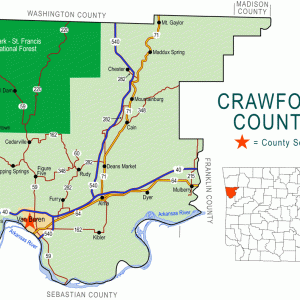 Crawford County Map
Crawford County Map
Entry Category: Land and Resources - Starting with C
 Crawford County Map
Crawford County Map
 Crittenden County Map
Crittenden County Map
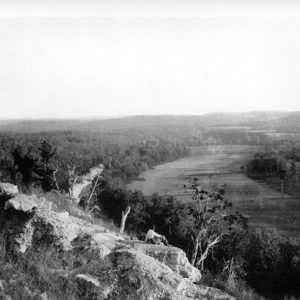 Crooked Creek
Crooked Creek
 Crooked Creek
Crooked Creek
Crooked Creek (Watershed)
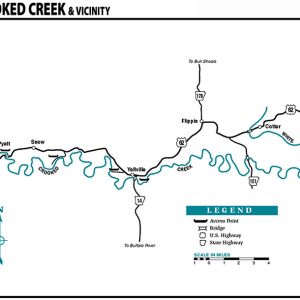 Crooked Creek Map
Crooked Creek Map
 Cross County Map
Cross County Map
Crossett Experimental Forest (CEF)
Crossett Lumber Company
 Crossett Research
Crossett Research
 Crossett Strike
Crossett Strike
 Edward Crossett
Edward Crossett
 Crossroads School
Crossroads School
 Crossroads Store
Crossroads Store
Crowley’s Ridge
 Andy Crum
Andy Crum
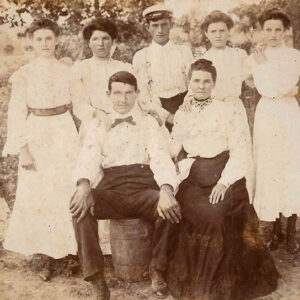 Andy Crum
Andy Crum
 Andy Crum
Andy Crum
 Andy Crum Bank Note
Andy Crum Bank Note
Crushed Stone Mining
Crystal Hill (Pulaski County)
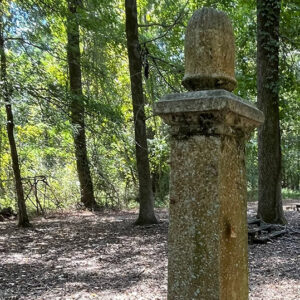 Cumby Grave
Cumby Grave
Current River
 Cut-Off Creek Ravines Natural Area
Cut-Off Creek Ravines Natural Area
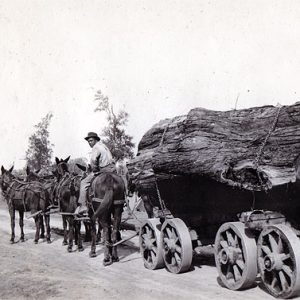 Cypress Logging
Cypress Logging




